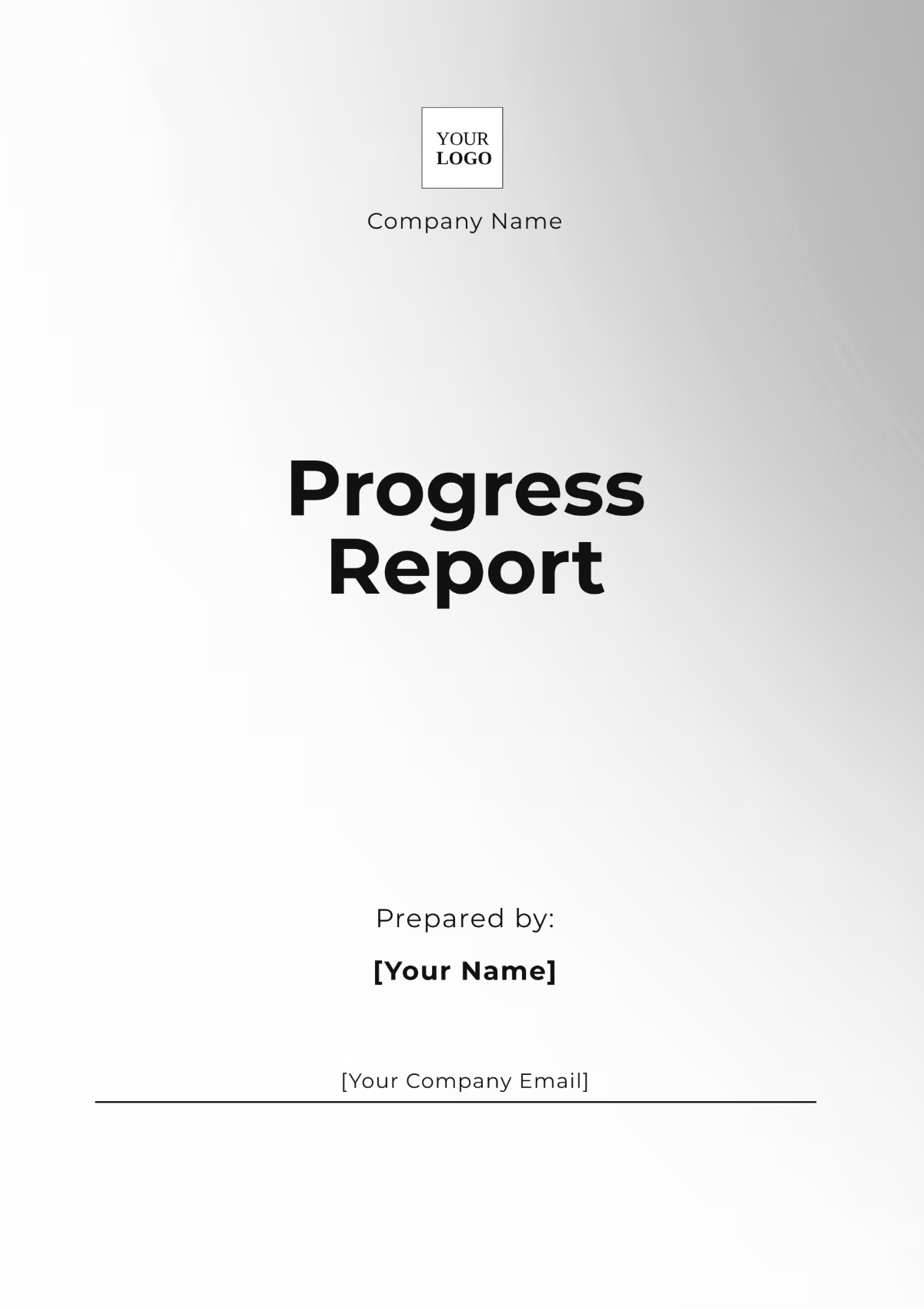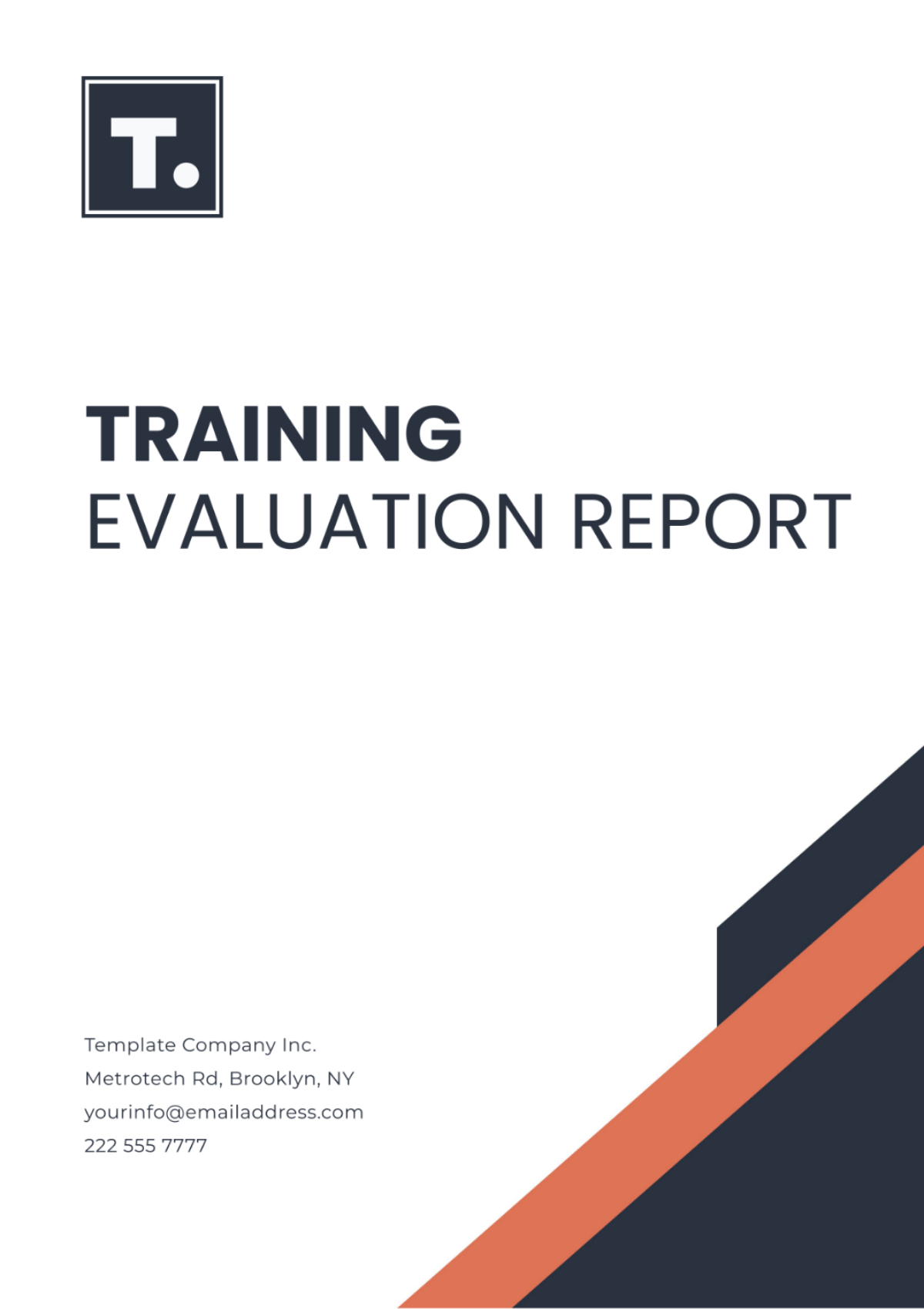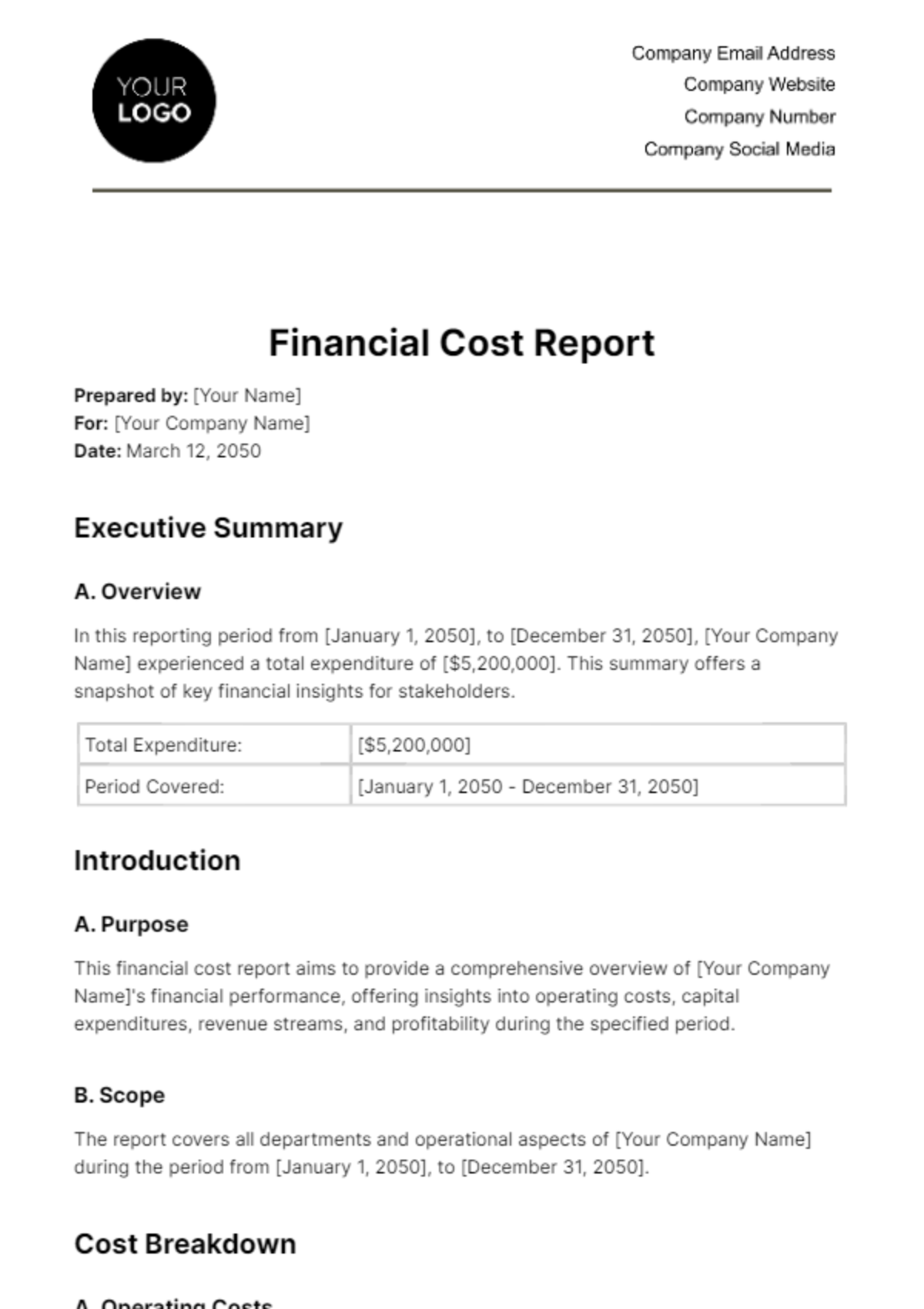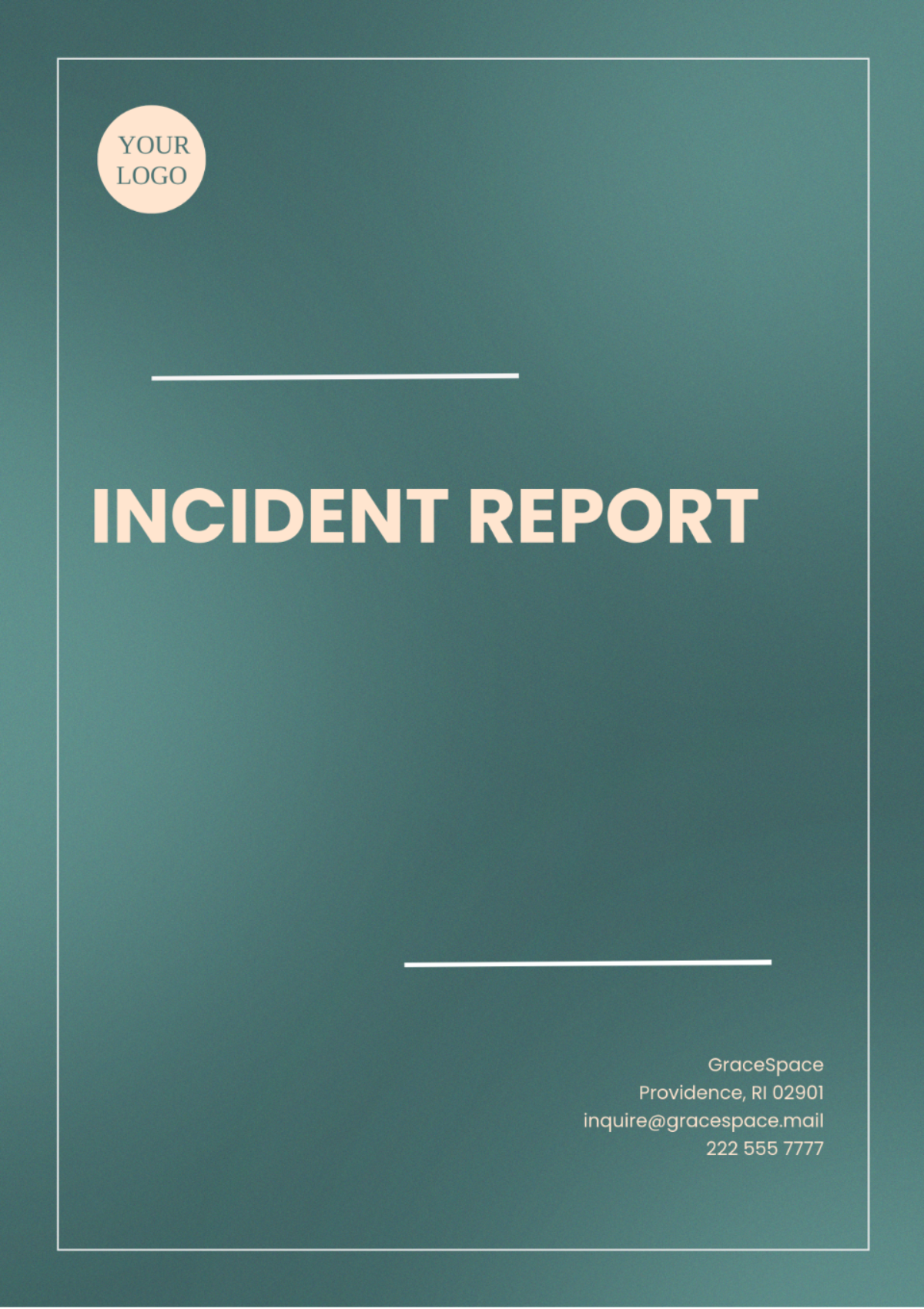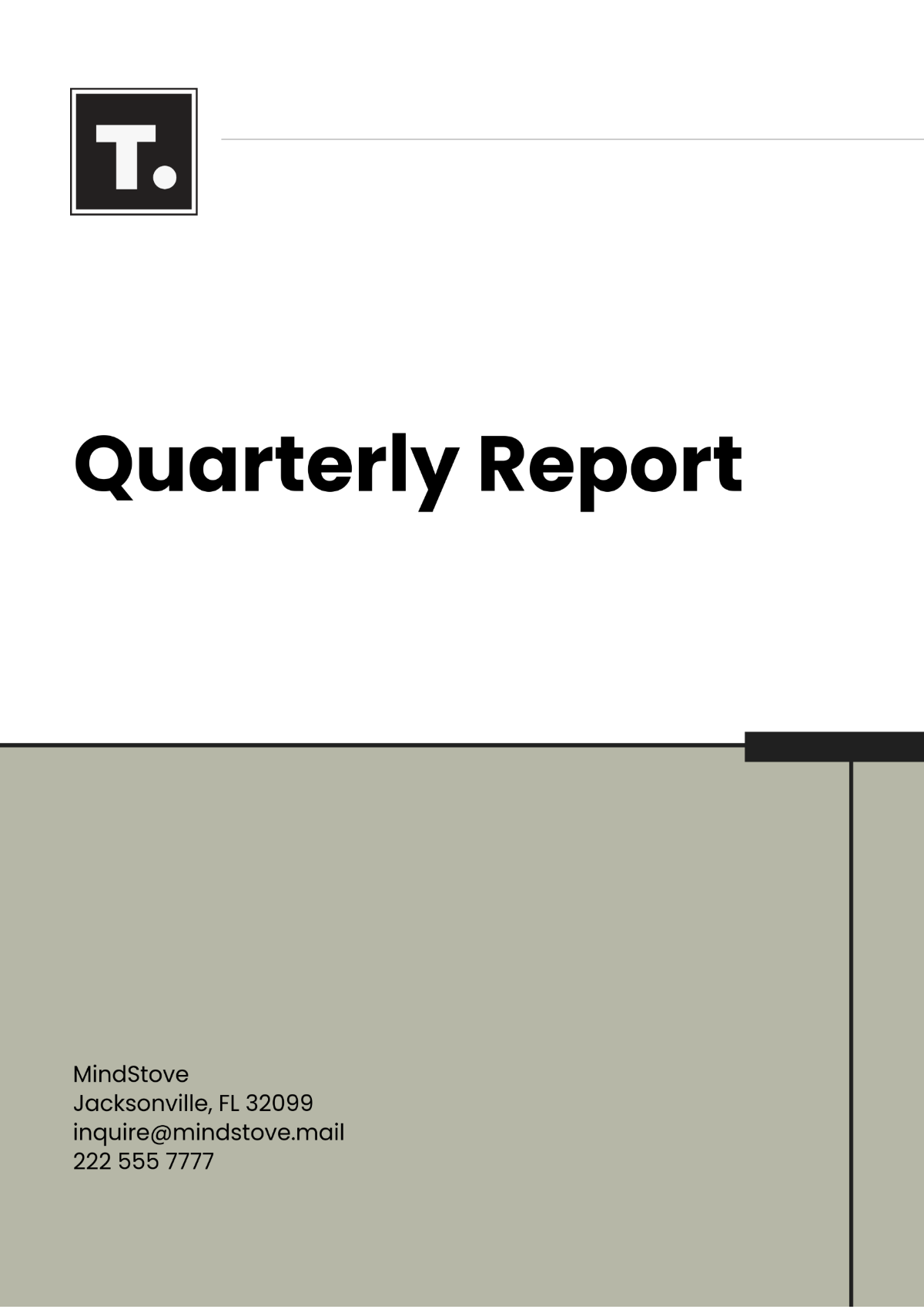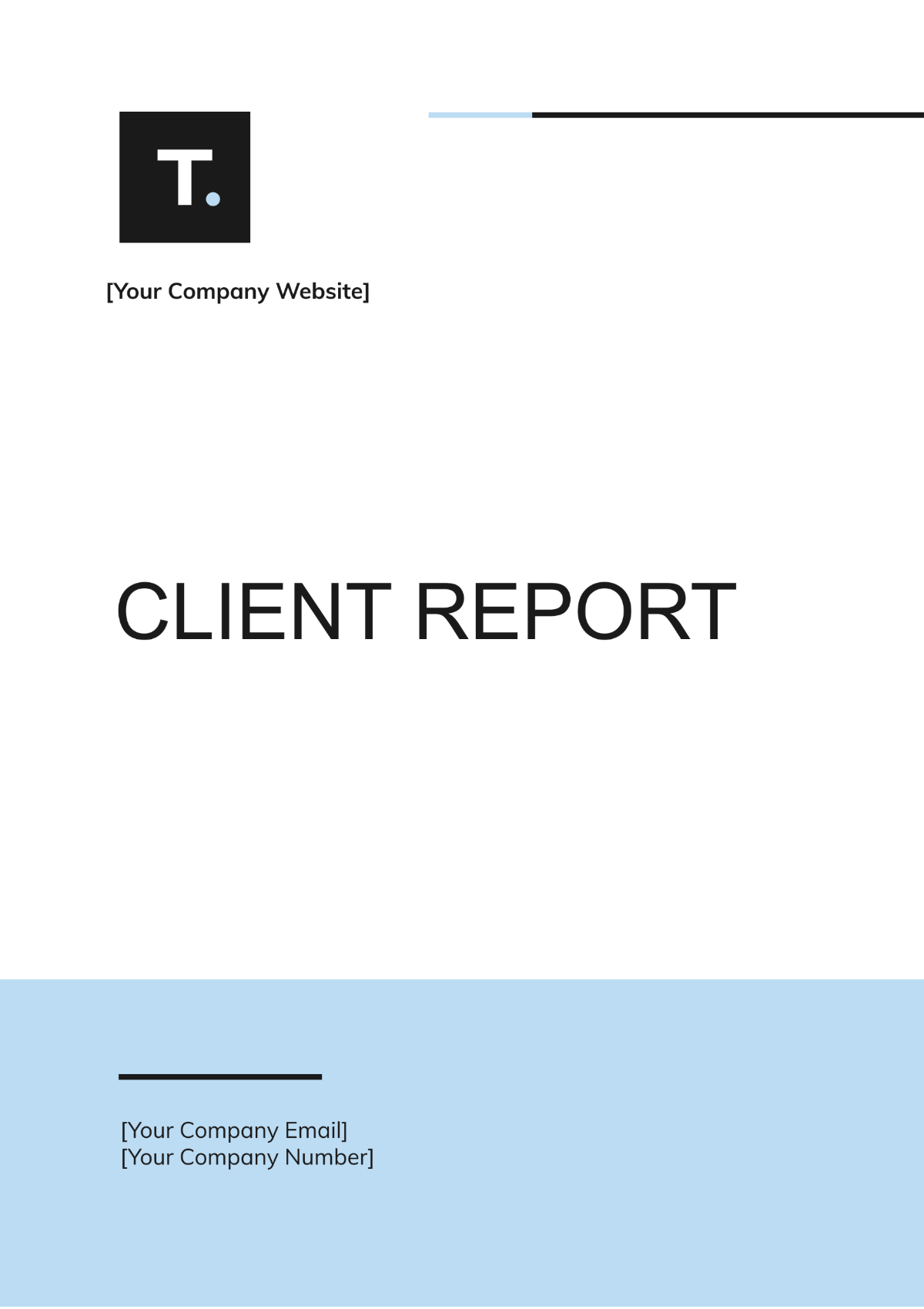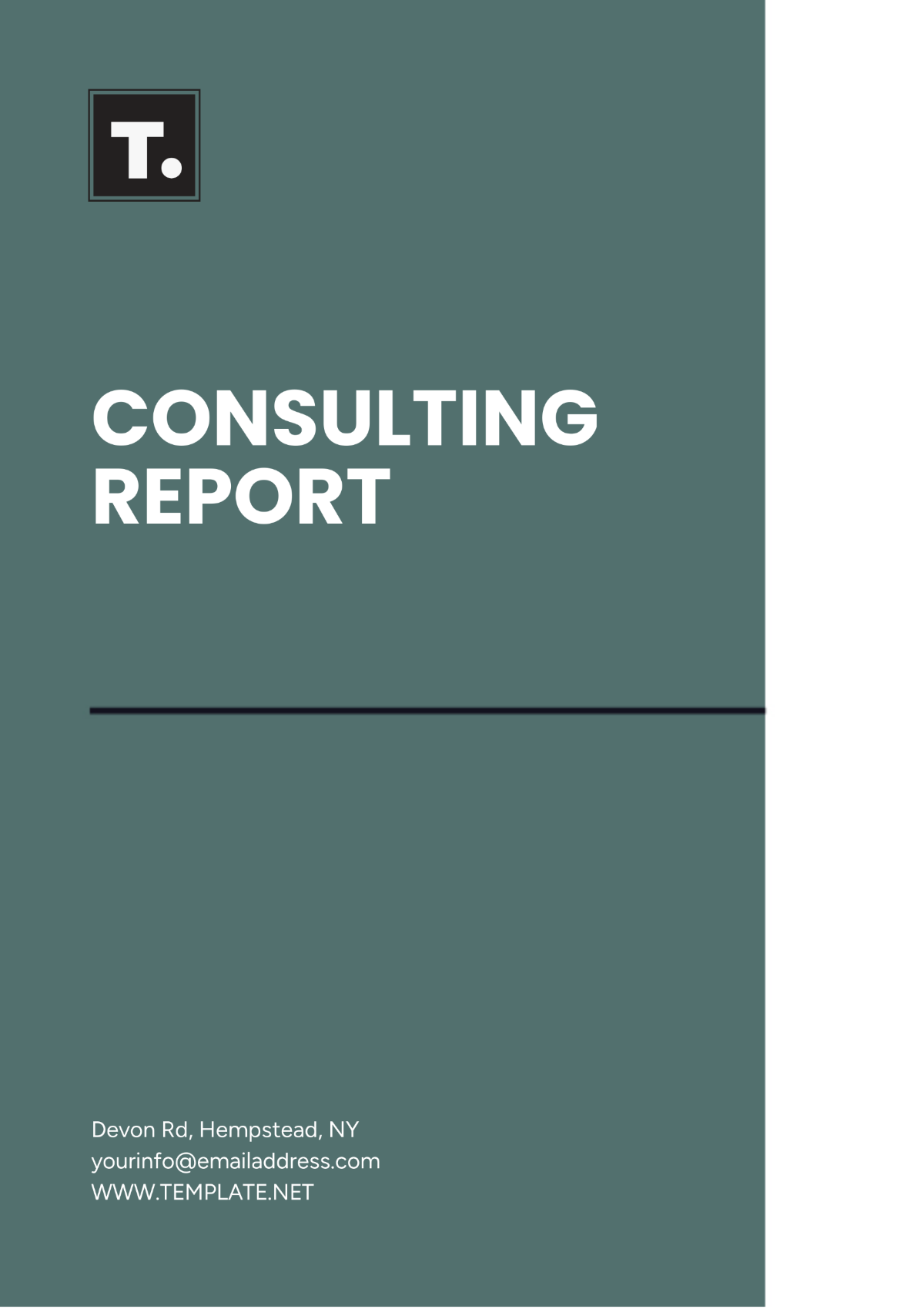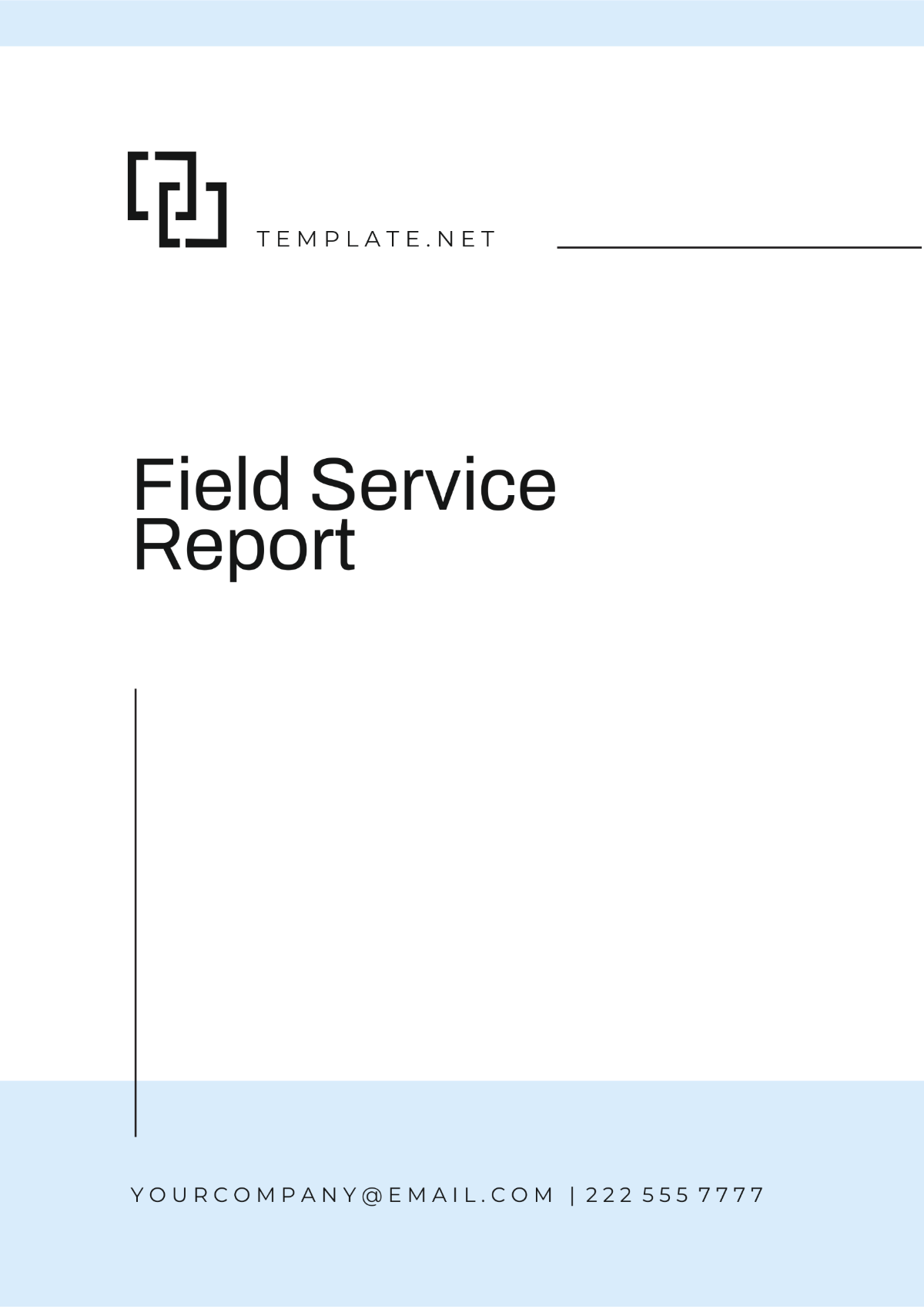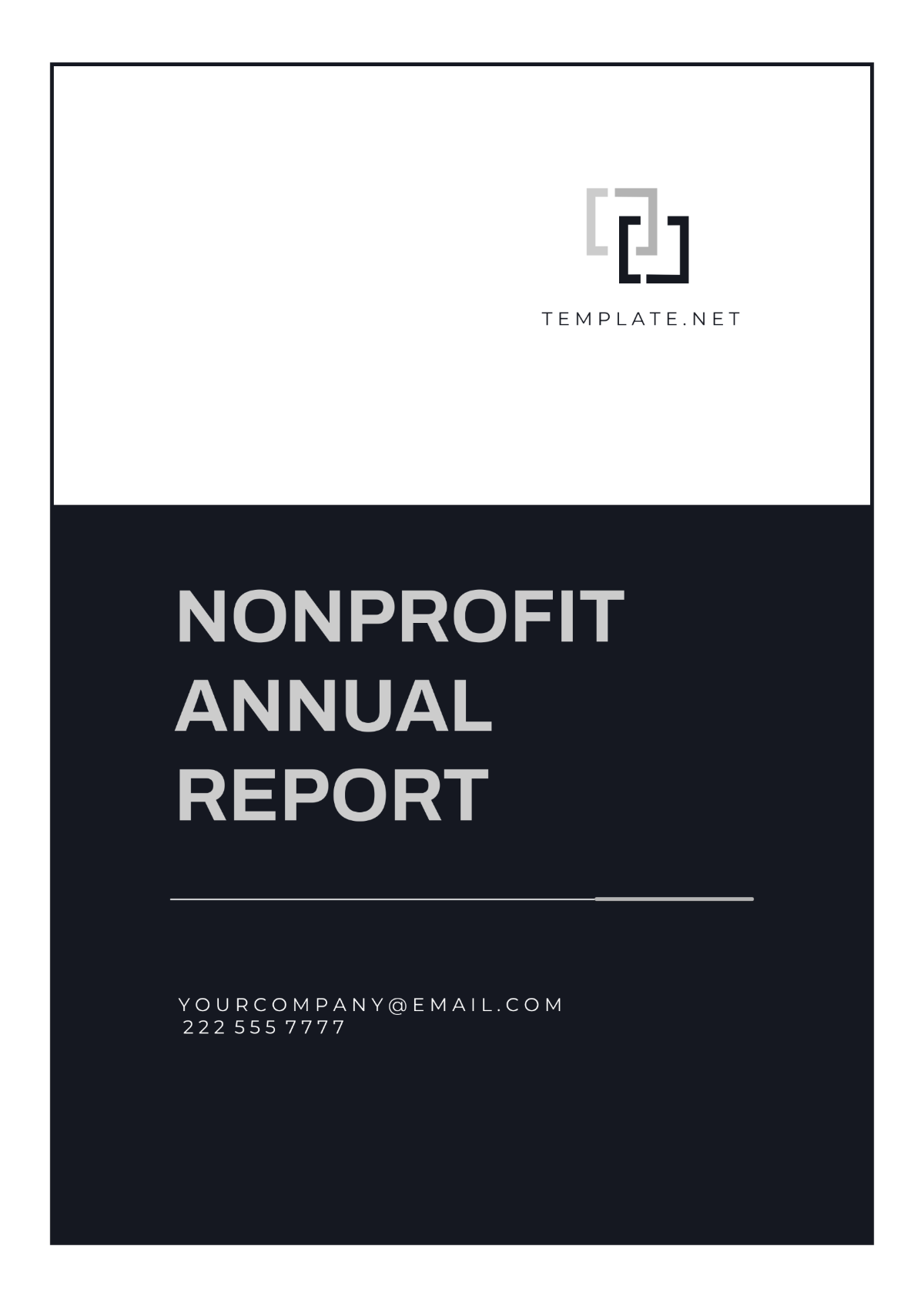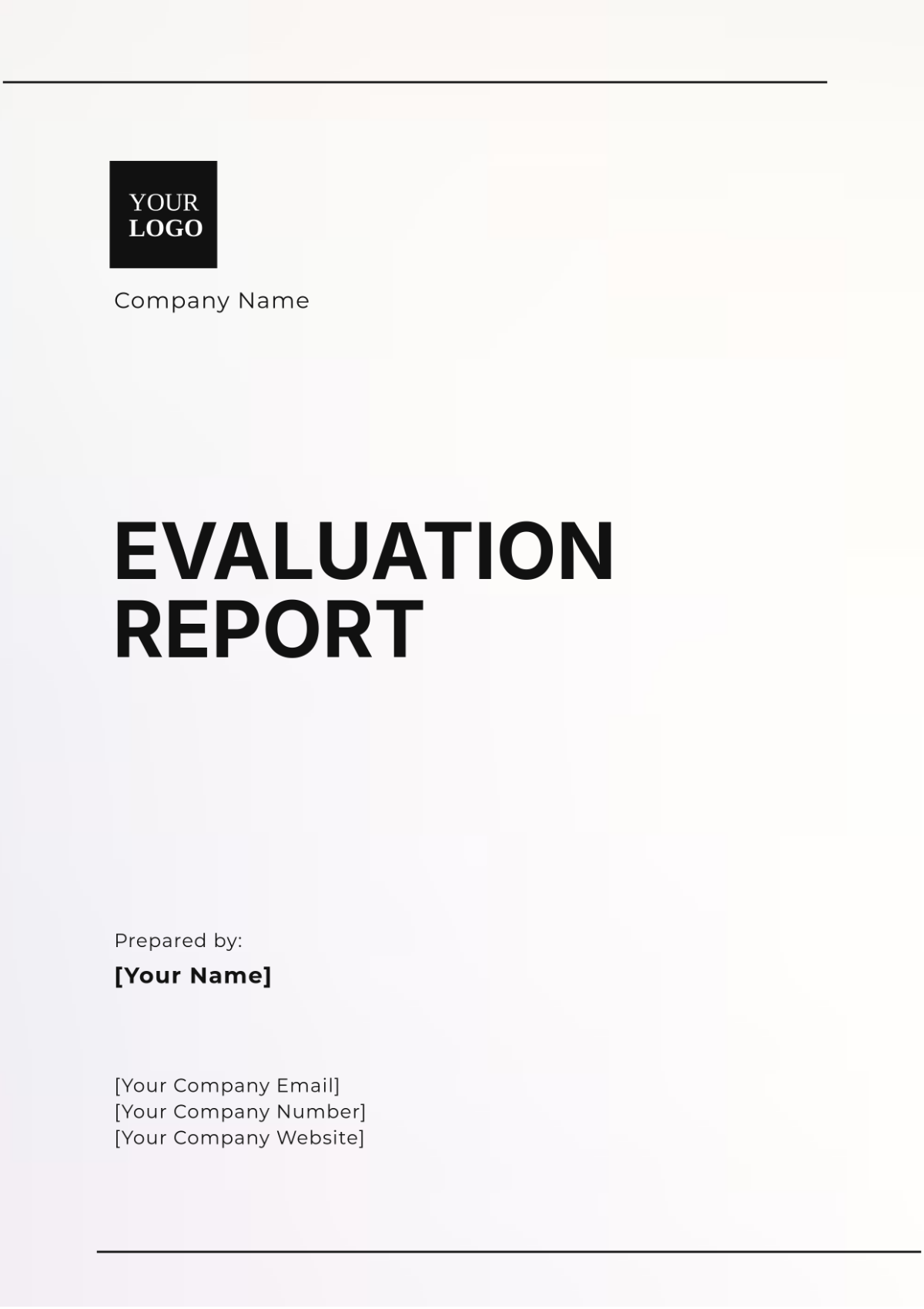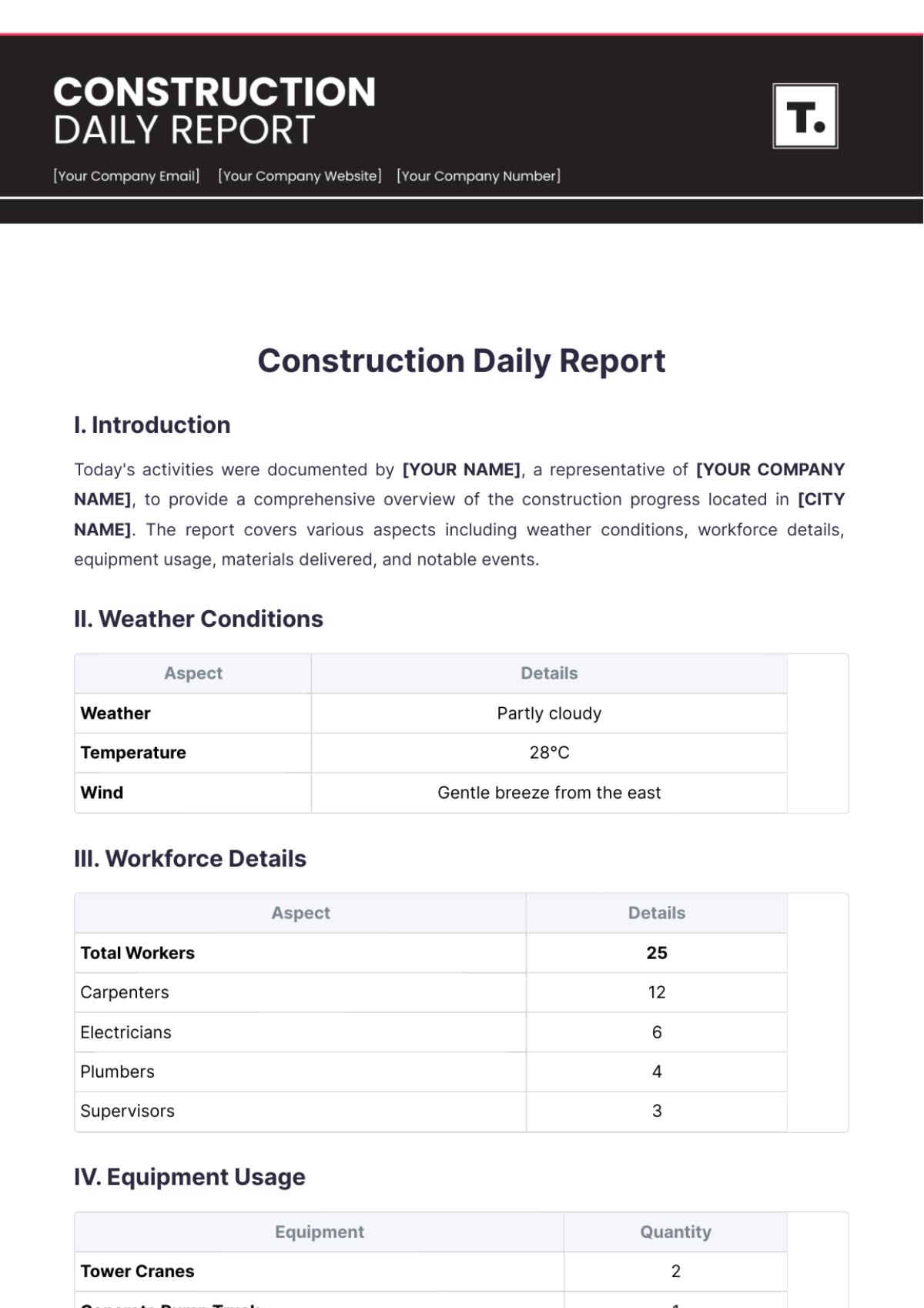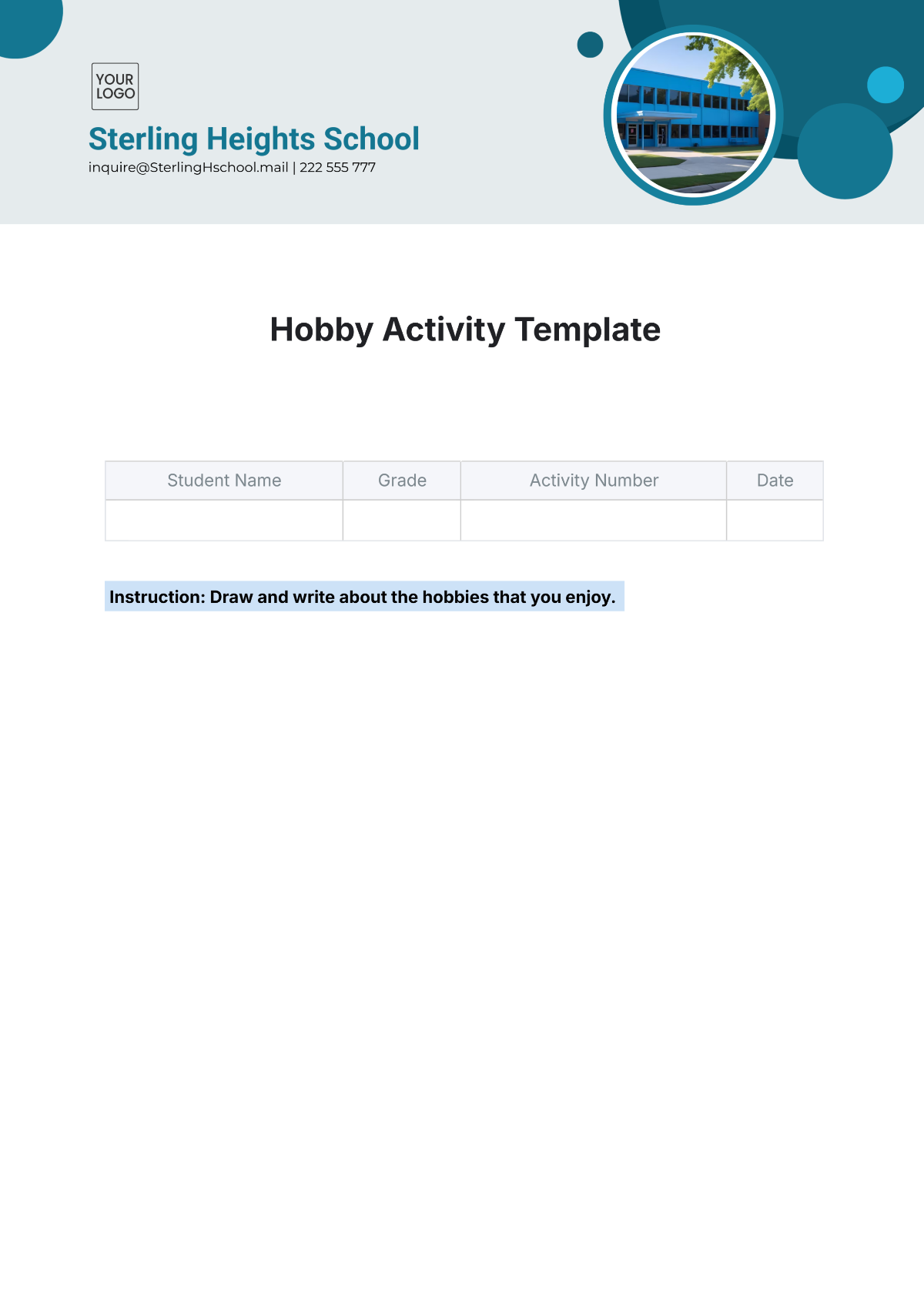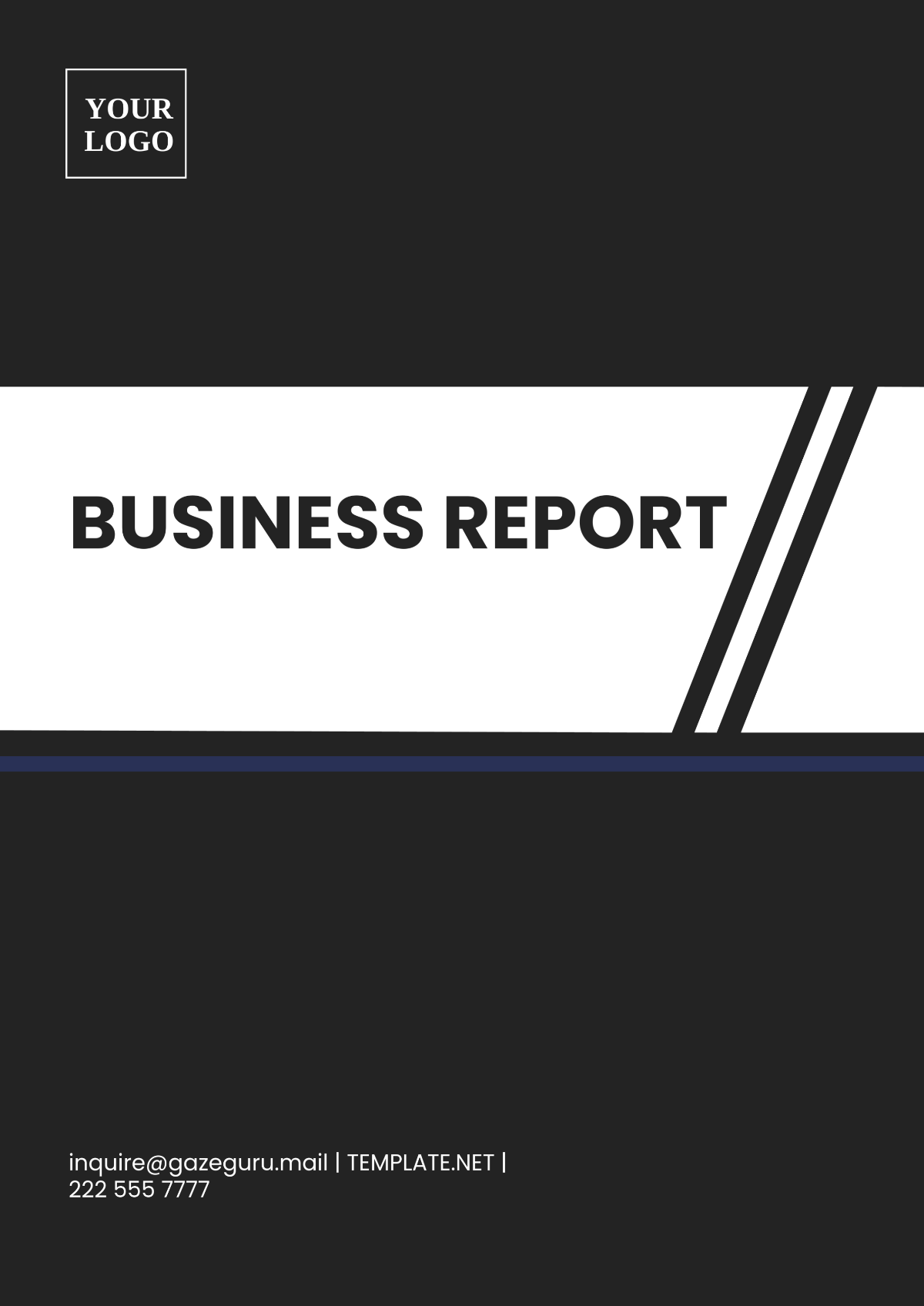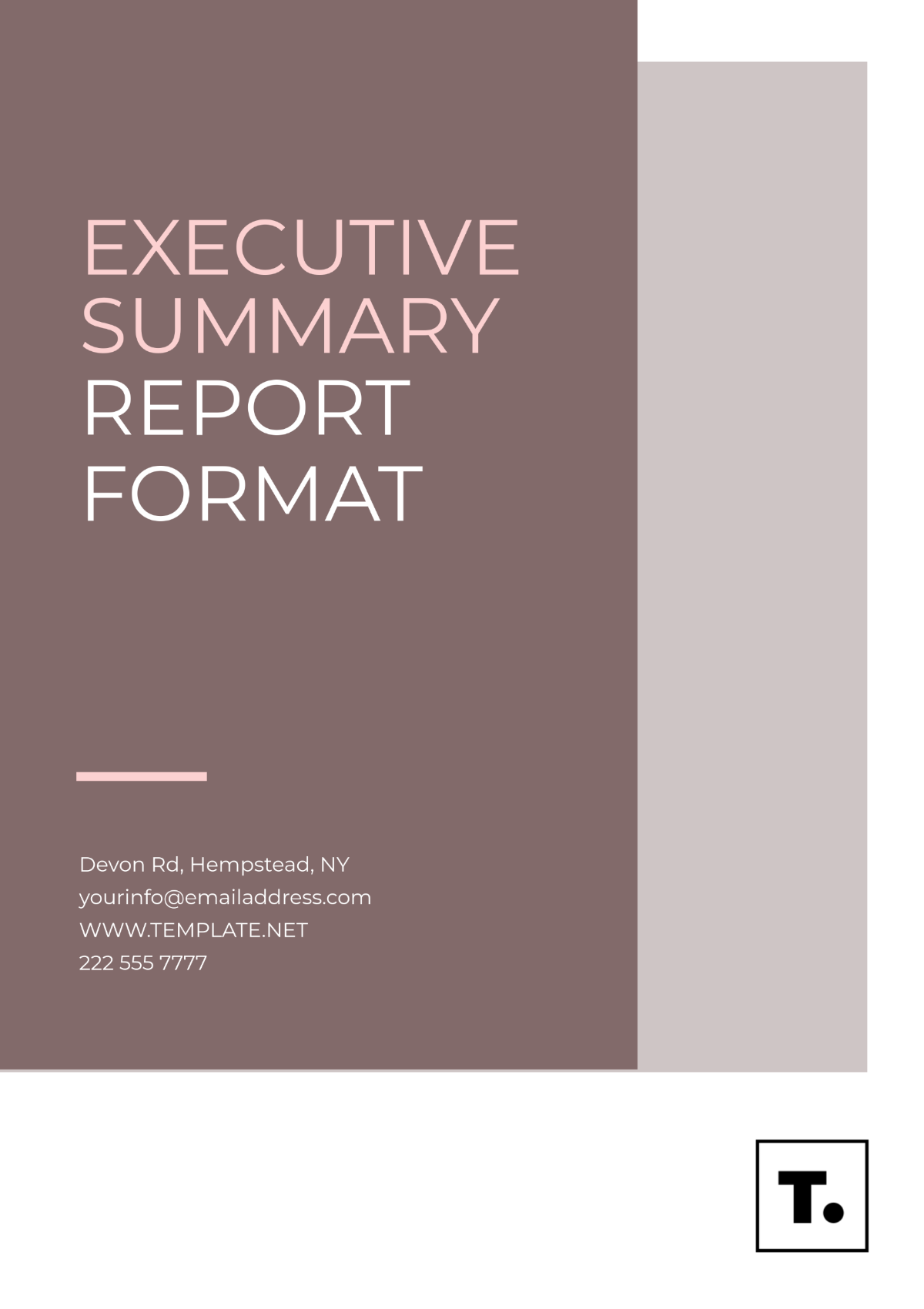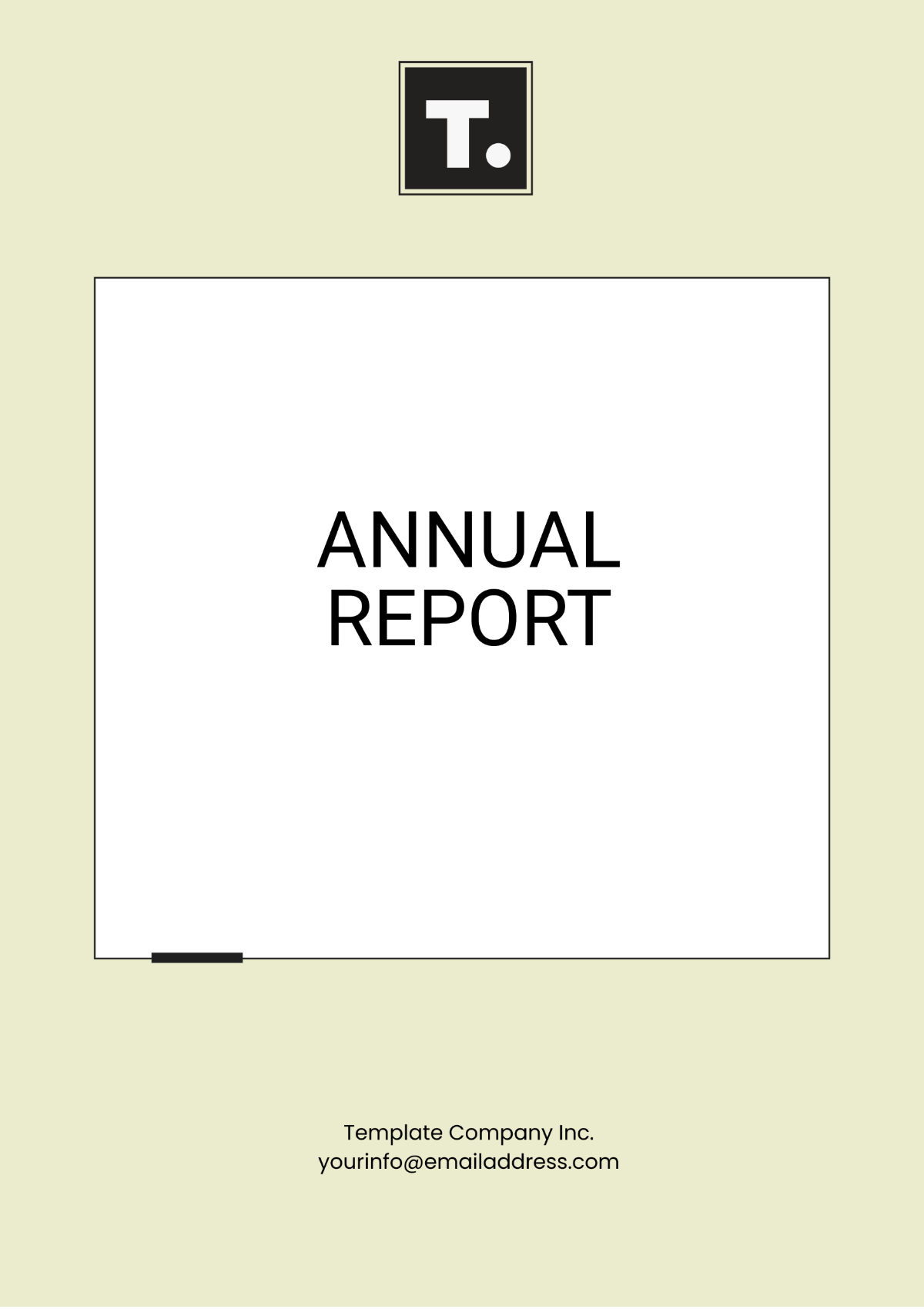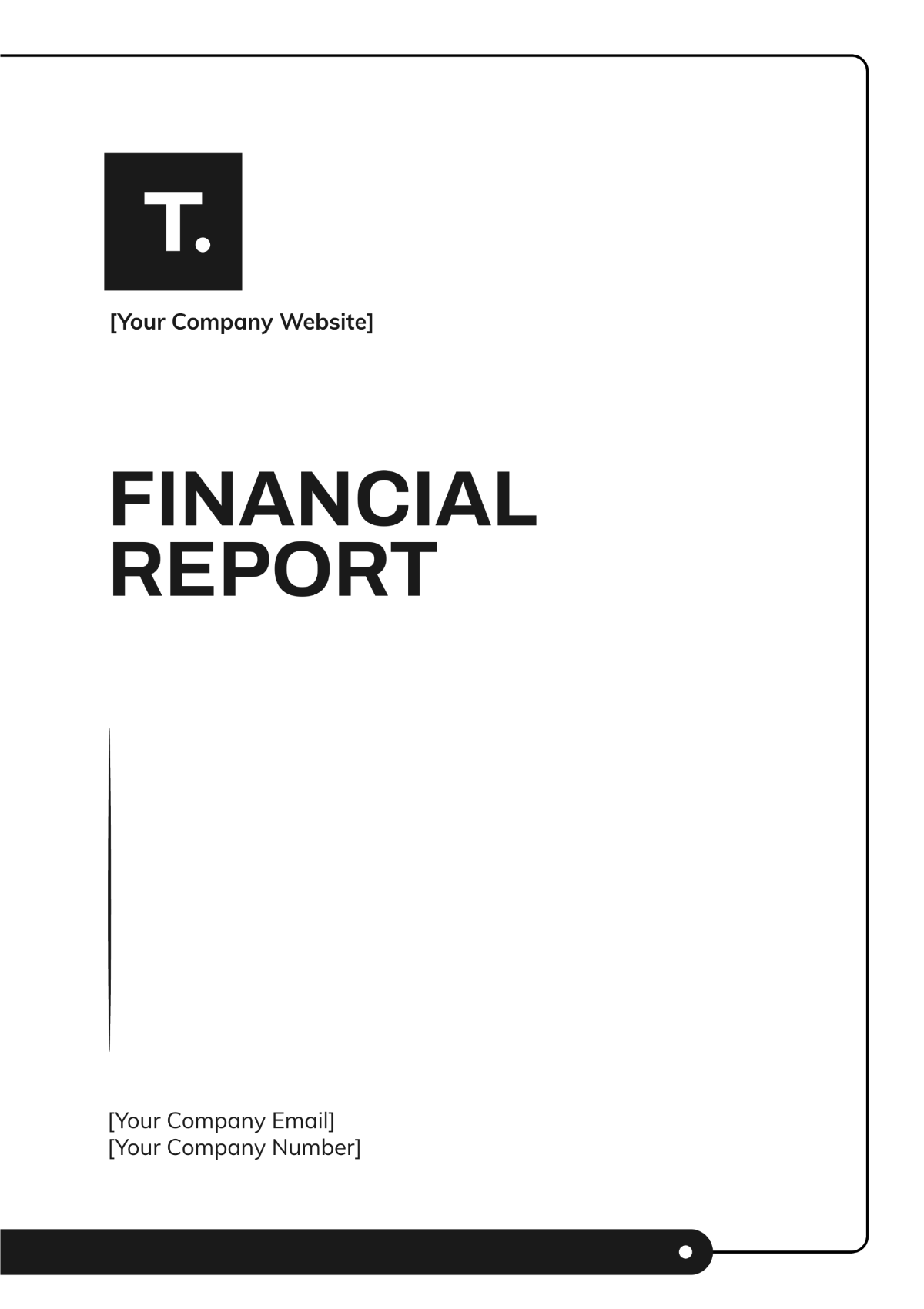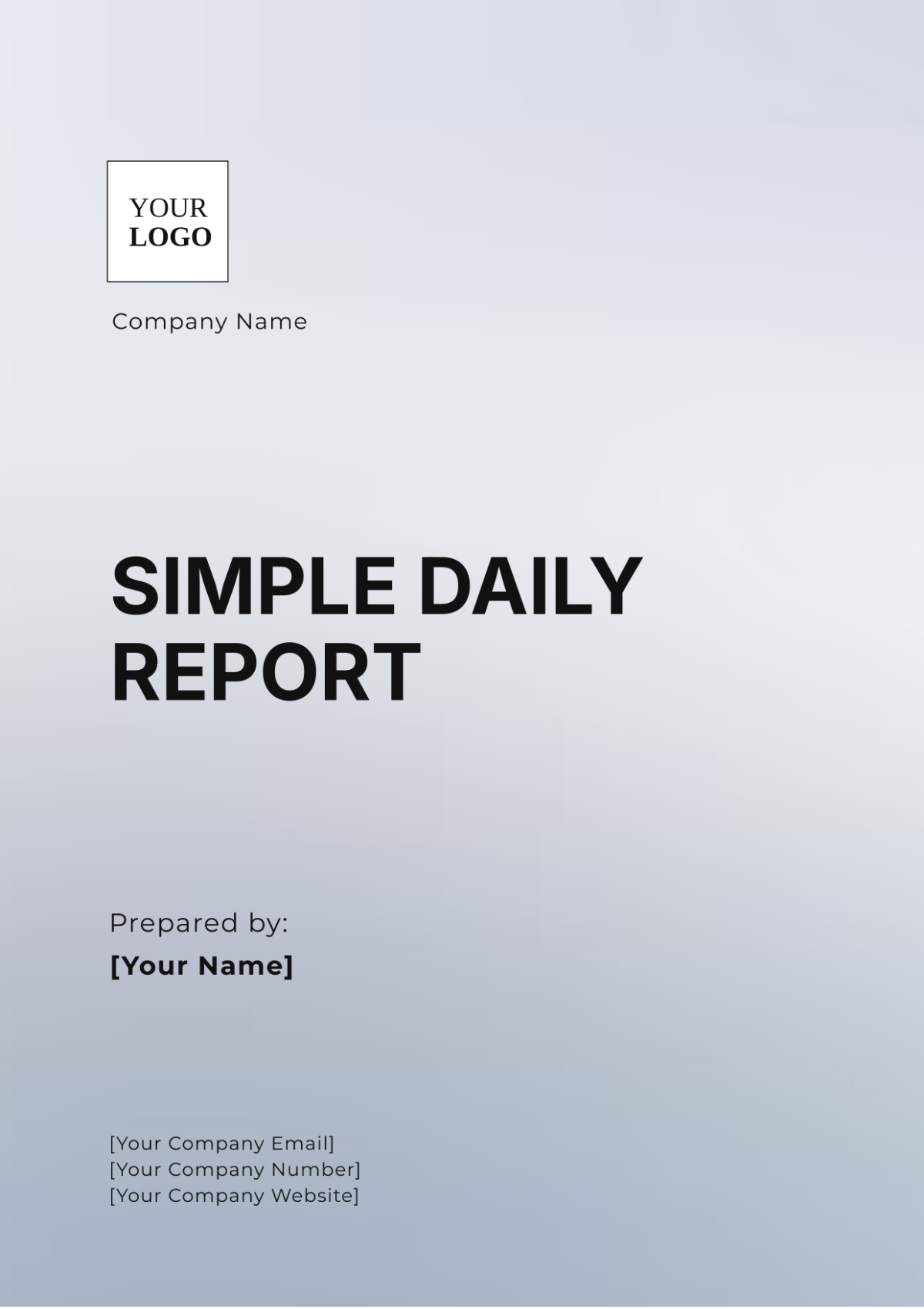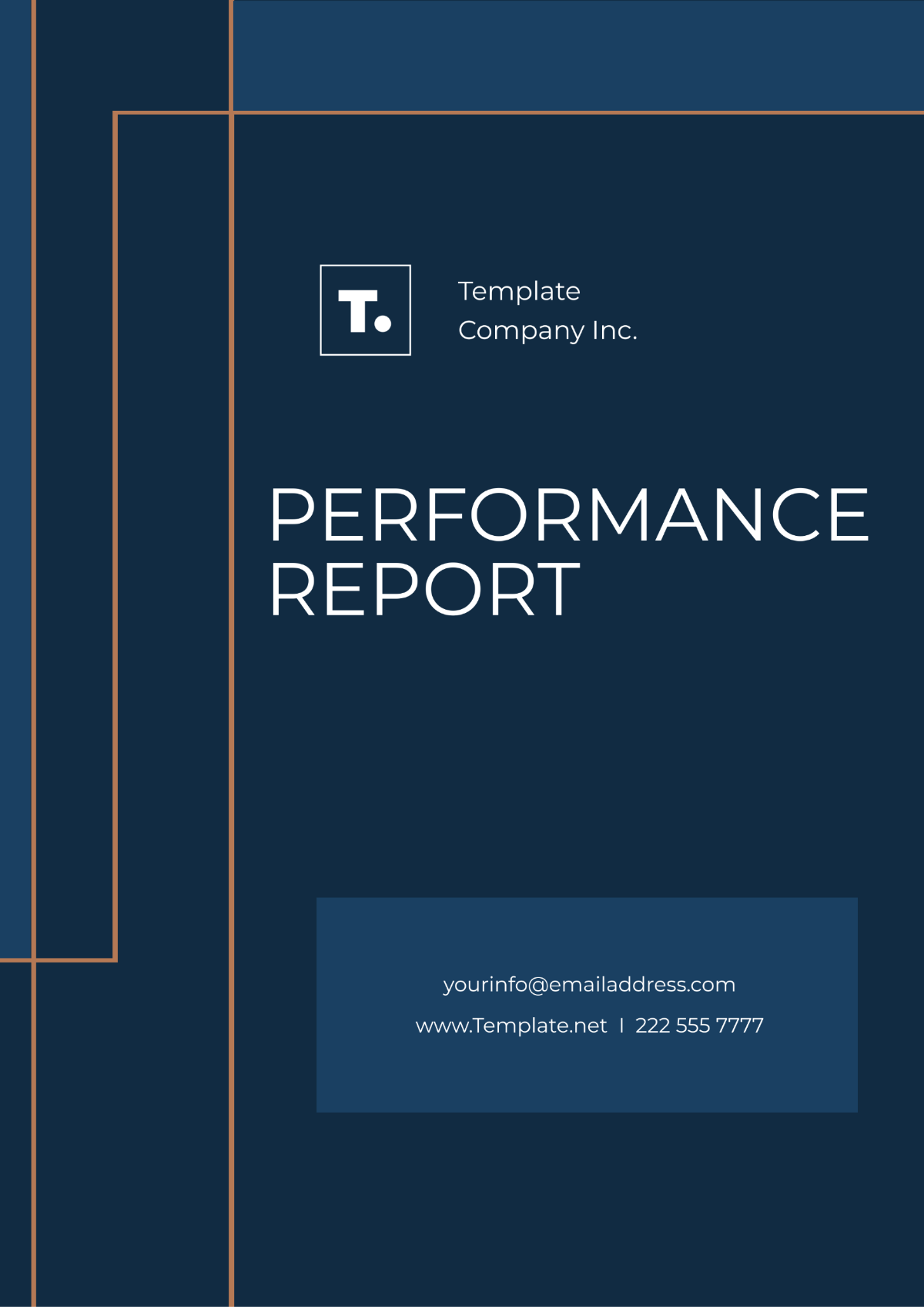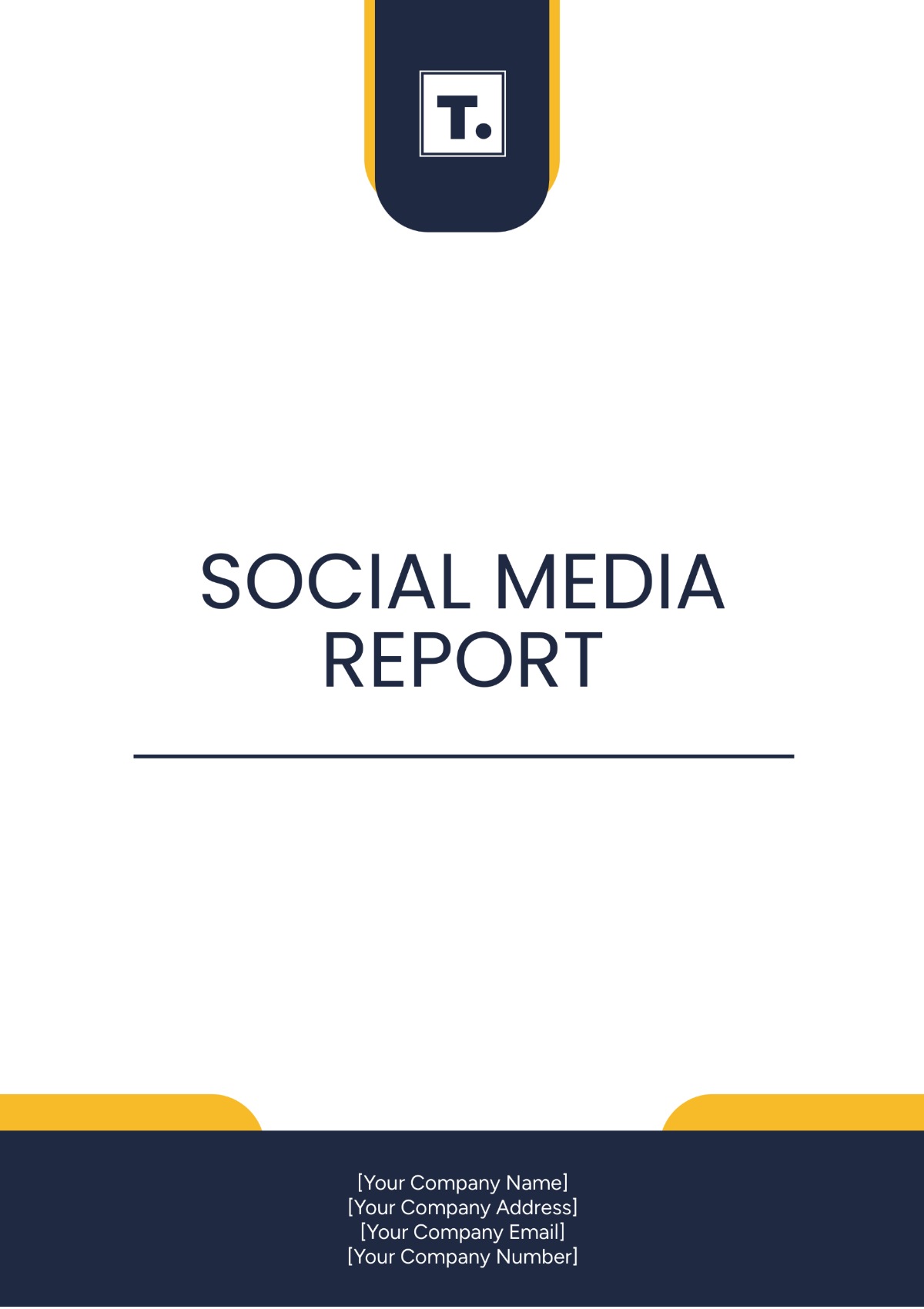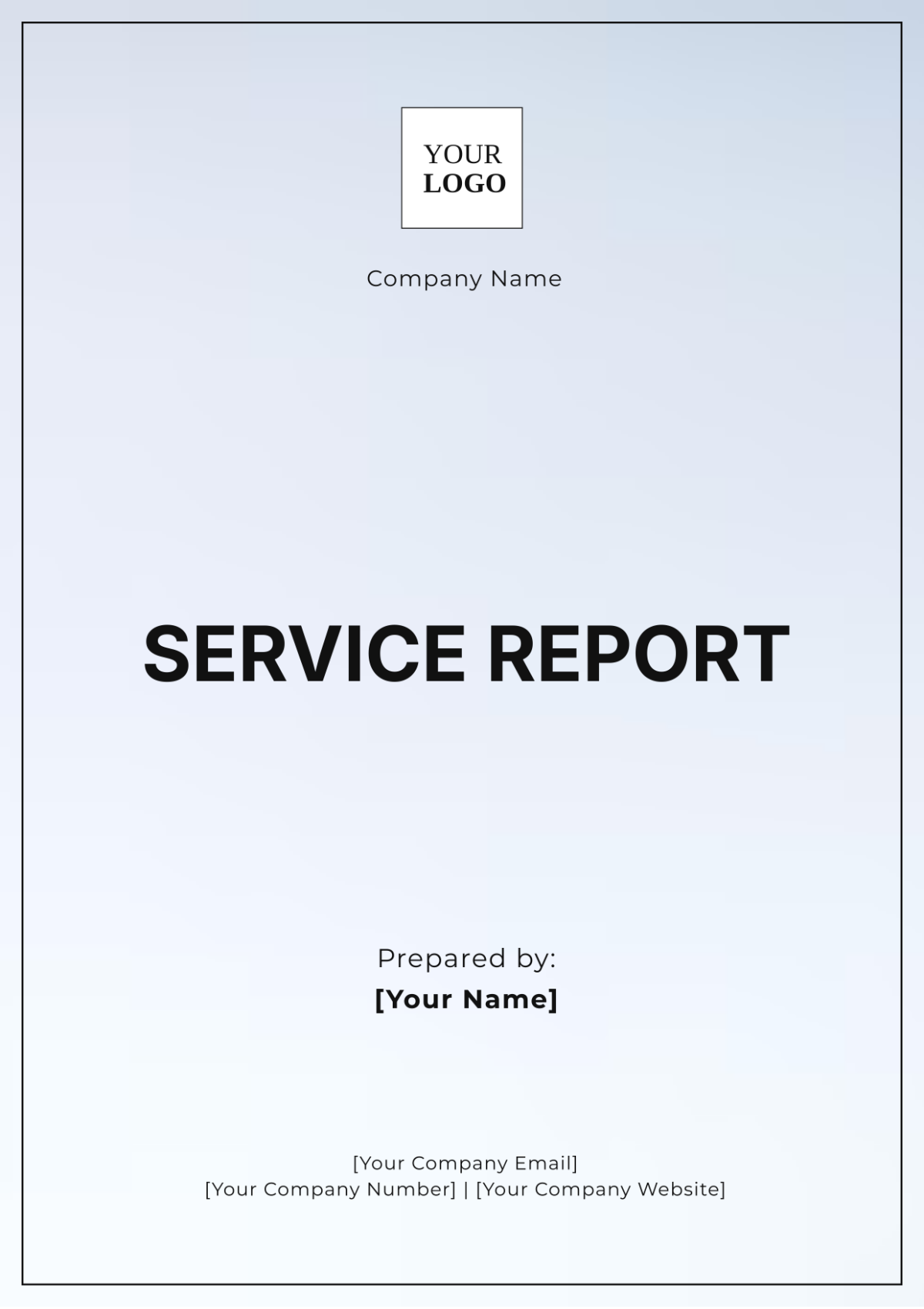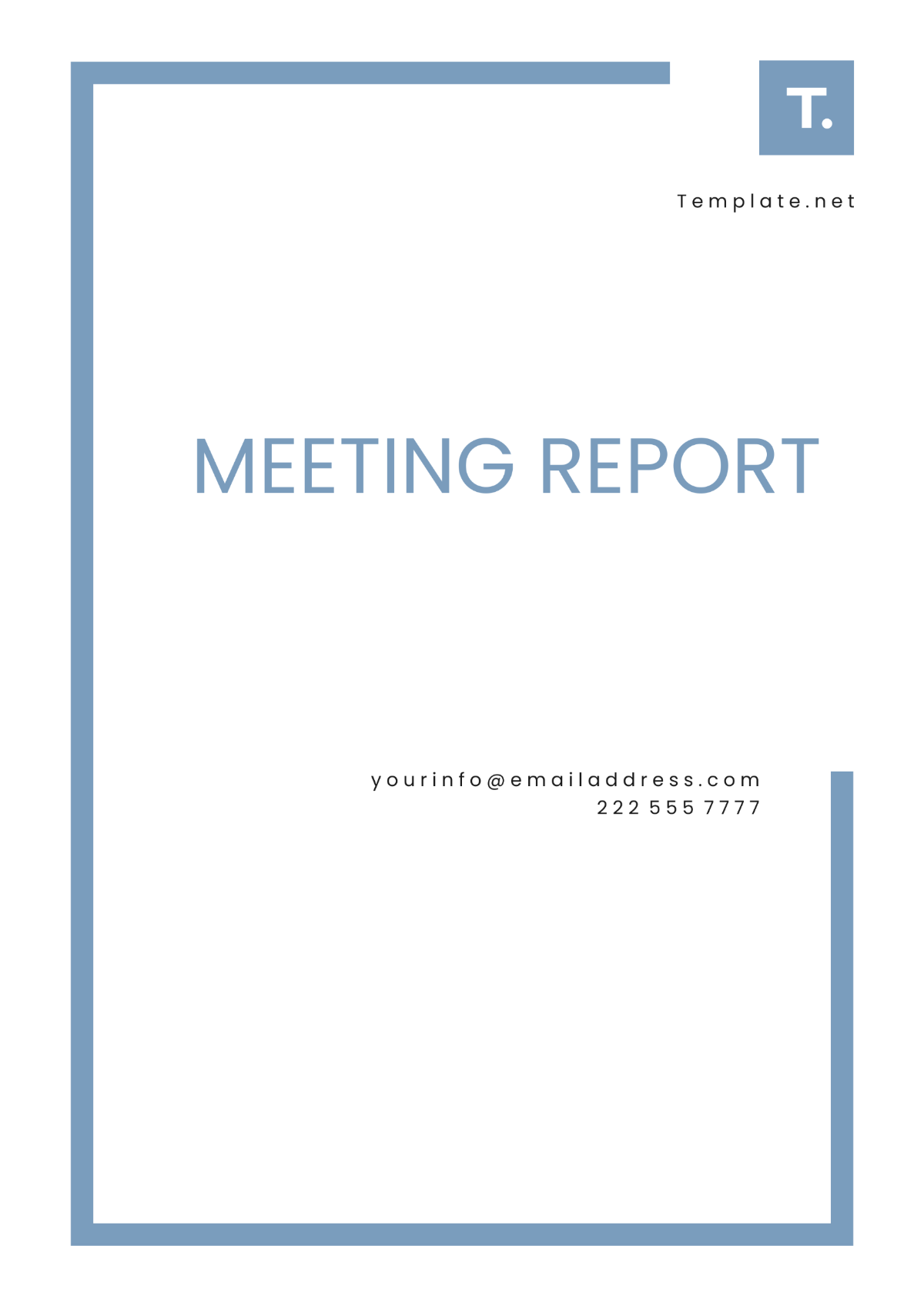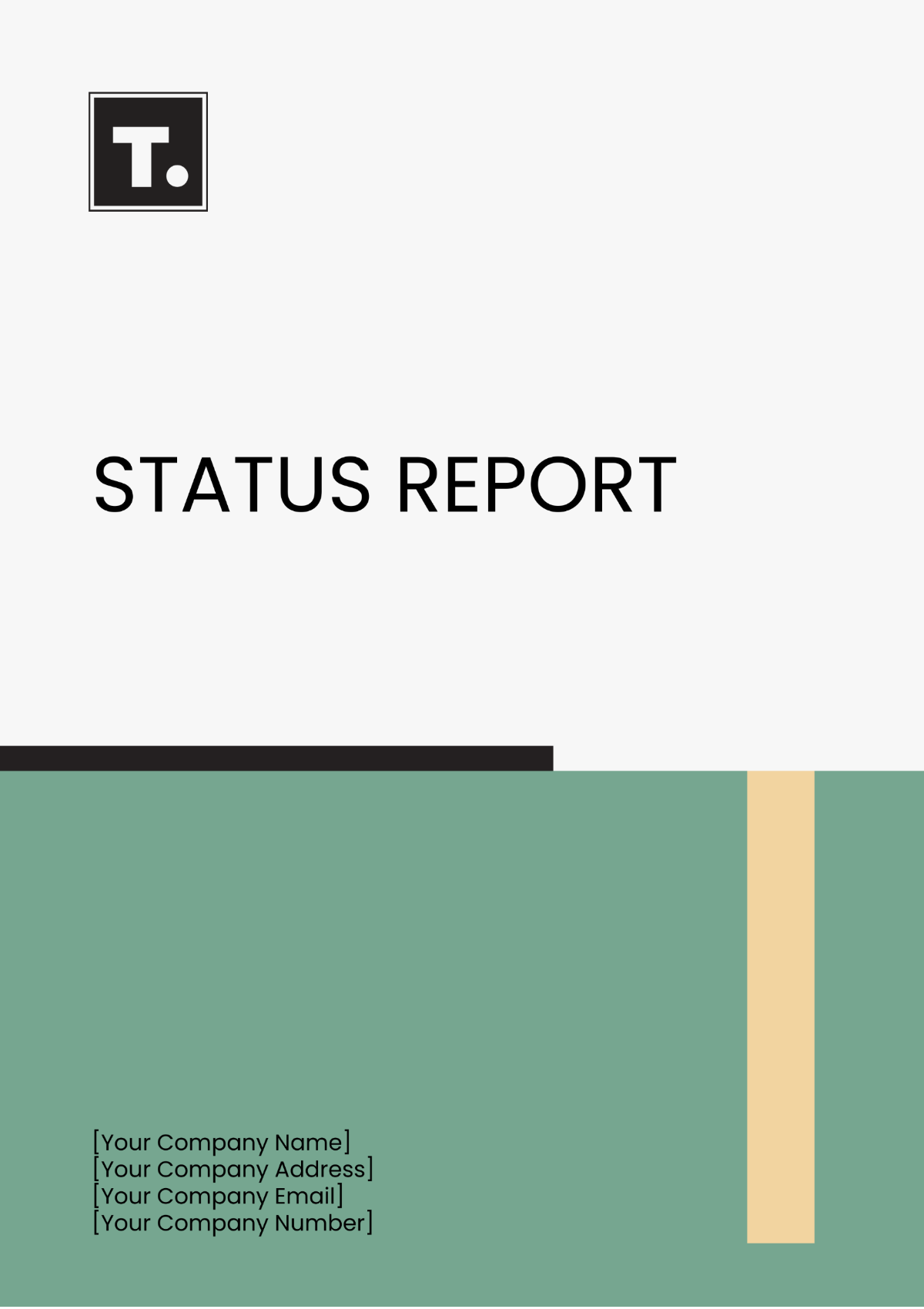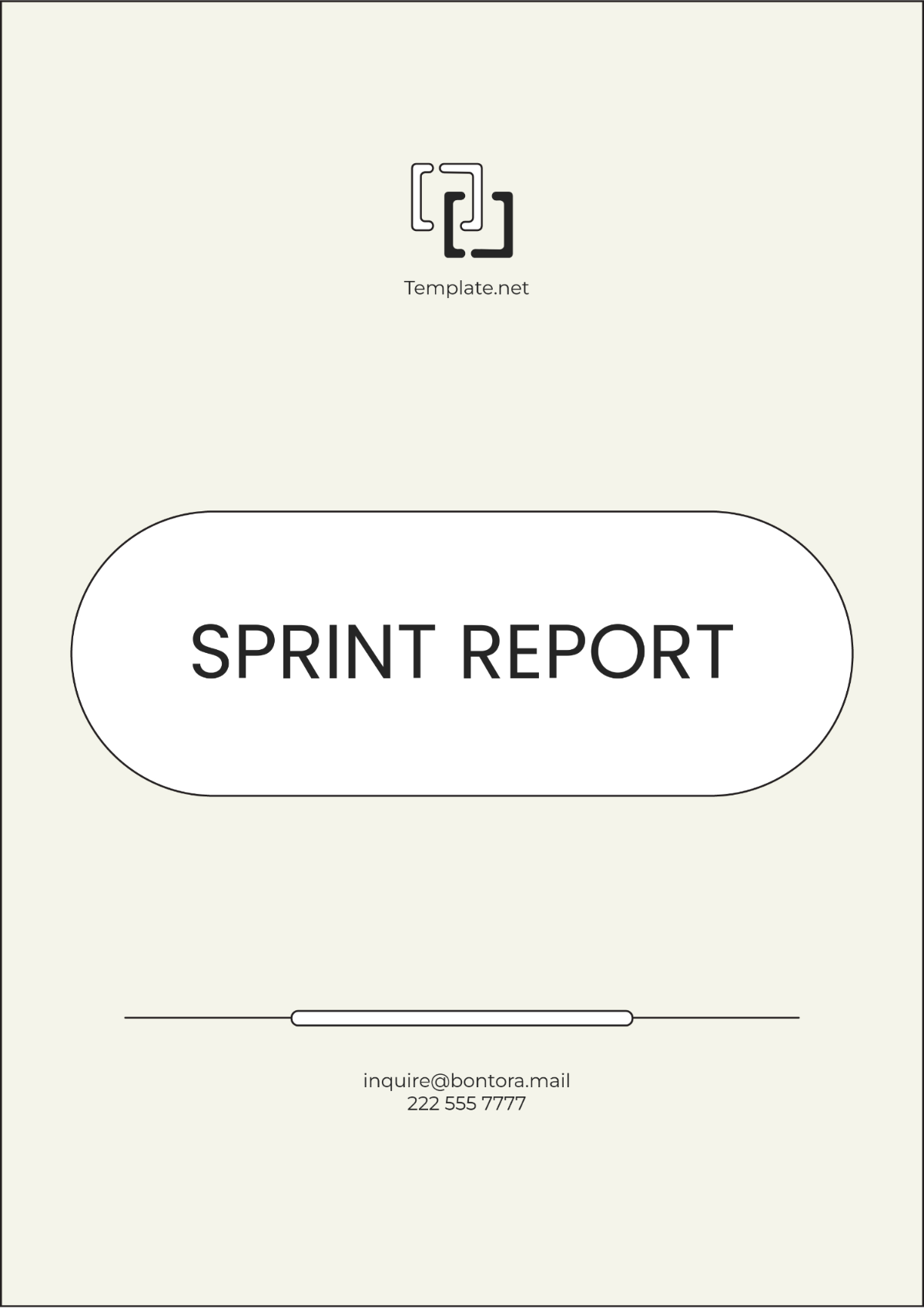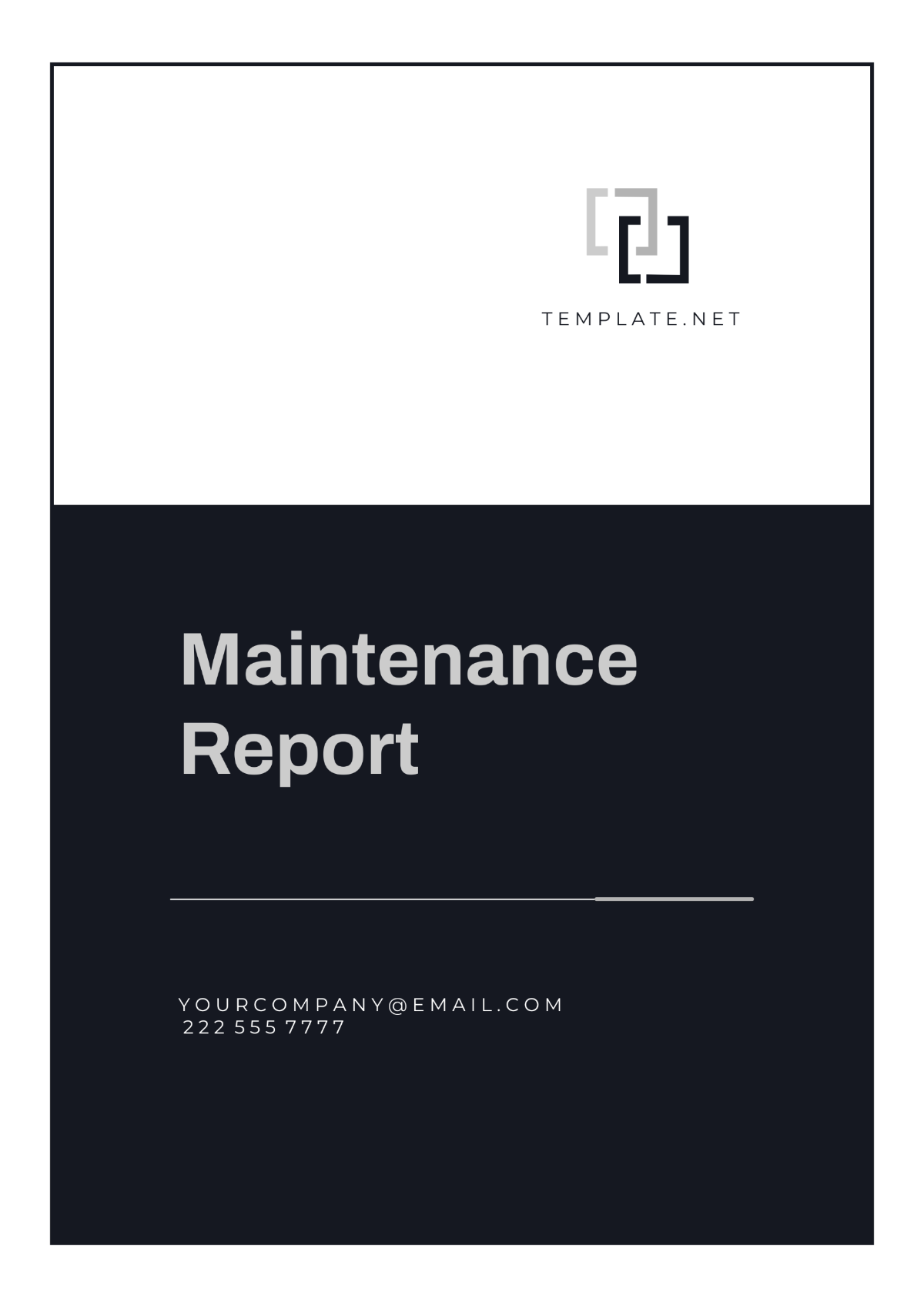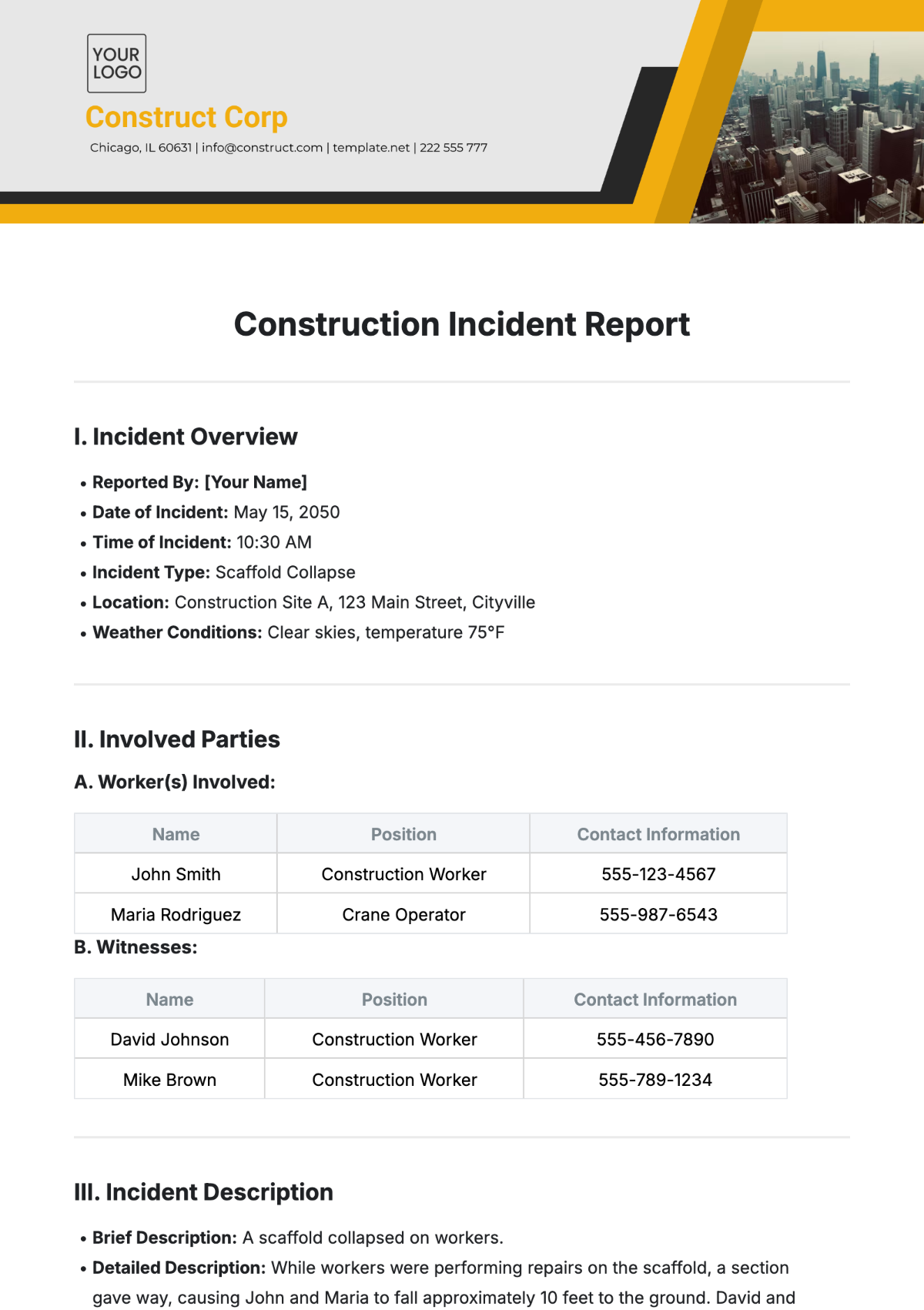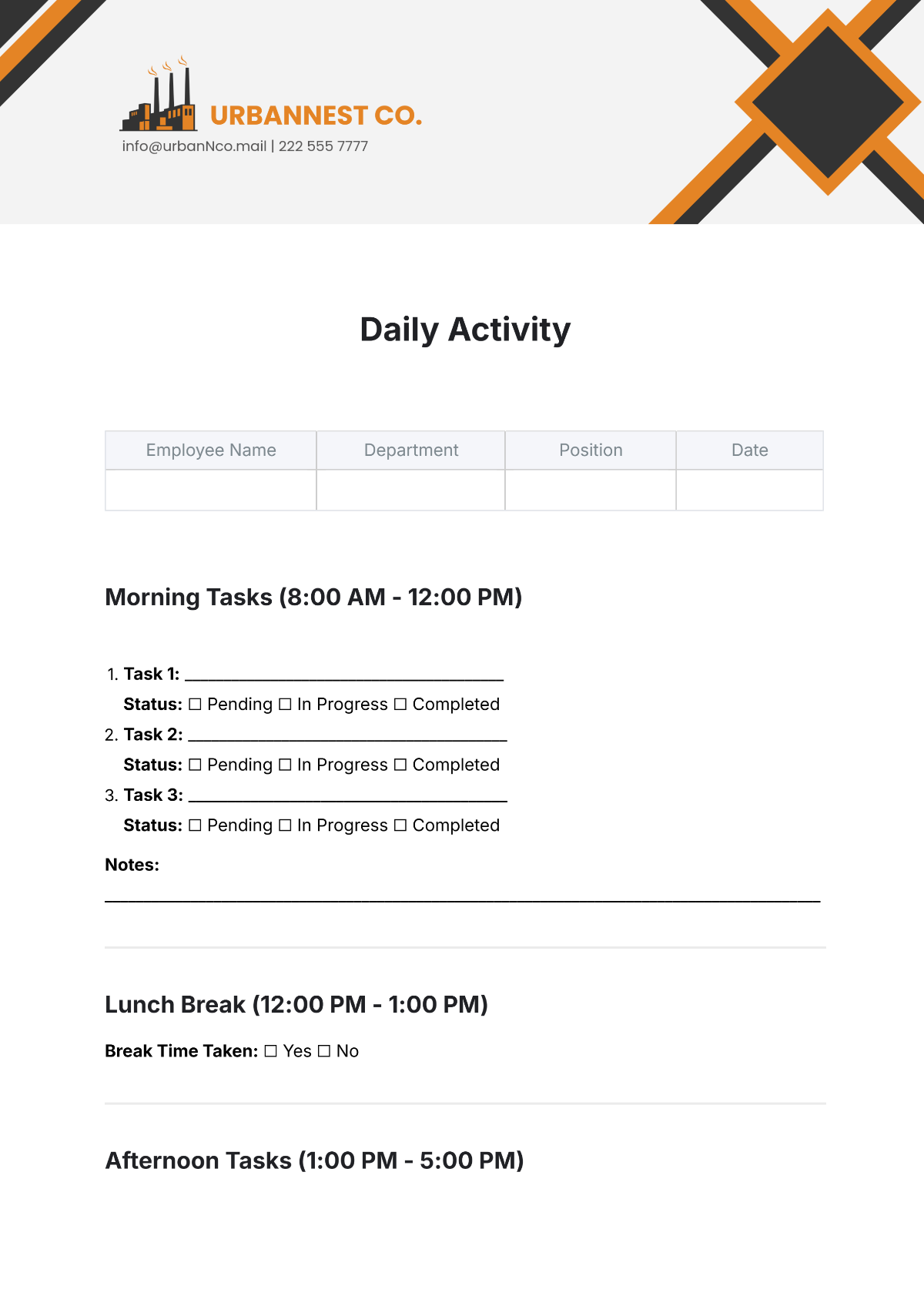Free Security Audit Report Template
SECURITY AUDIT REPORT
Prepared by: [Your Name]
I. Executive Summary
The security audit conducted for [Your Company Name] aims to identify vulnerabilities, evaluate security controls, and ensure compliance with industry standards. This report provides an overview of discovered security issues, risk assessment, and recommended strategies to enhance overall security posture.
A. Objectives
The primary objectives of this audit were to:
Identify vulnerabilities in the system infrastructure.
Evaluate the effectiveness of current security measures.
Ensure compliance with legal and regulatory frameworks.
B. Scope
The audit covered the following areas:
Network infrastructure
Application security
Data protection mechanisms
II. Methodology
The security audit was performed using a structured approach, employing both automated tools and manual techniques to assess various components.
A. Tools Used
Tool | Description |
|---|---|
Network Scanner | Identifies open ports and vulnerabilities in network devices. |
Web Application Security Scanner | Detects common web vulnerabilities such as SQL injection and XSS. |
B. Techniques
The audit employed the following techniques:
Penetration testing
Static and dynamic code analysis
Configuration reviews
III. Findings
The audit uncovered several issues across different areas, categorized based on severity.
A. Critical Vulnerabilities
Unpatched Operating Systems: Multiple systems with outdated security patches.
Weak Password Policies: Inadequate password complexity and rotation policies.
B. Moderate Vulnerabilities
Issues identified with a moderate impact include:
Insufficient encryption for sensitive data at rest.
Inconsistent application of security patches in third-party libraries.
C. Low-Risk Vulnerabilities
These vulnerabilities pose a lower level of threat but were identified as areas for improvement:
Vulnerability | Description |
|---|---|
Redundant Accounts | Unused accounts that may provide unauthorized access if exploited. |
Informational Disclosure | Systems leaking non-sensitive information that could aid in potential attacks. |
IV. Recommendations
To mitigate the identified vulnerabilities, implement the following strategies:
A. Immediate Actions
Patch management: Apply the latest security updates across systems.
Enhance password policies: Implement stronger passwords and regular change requirements.
B. Long-Term Improvements
Consider implementing the following for sustainable security hygiene:
Security training programs for employees.
Regular security audits and vulnerability assessments.
Investing in robust intrusion detection systems.
V. Conclusion
The security audit revealed significant areas where security can be strengthened to protect against potential threats. By addressing both immediate and long-term recommendations, [Your Company Name] can improve its security stance and ensure the protection of sensitive data and systems.



